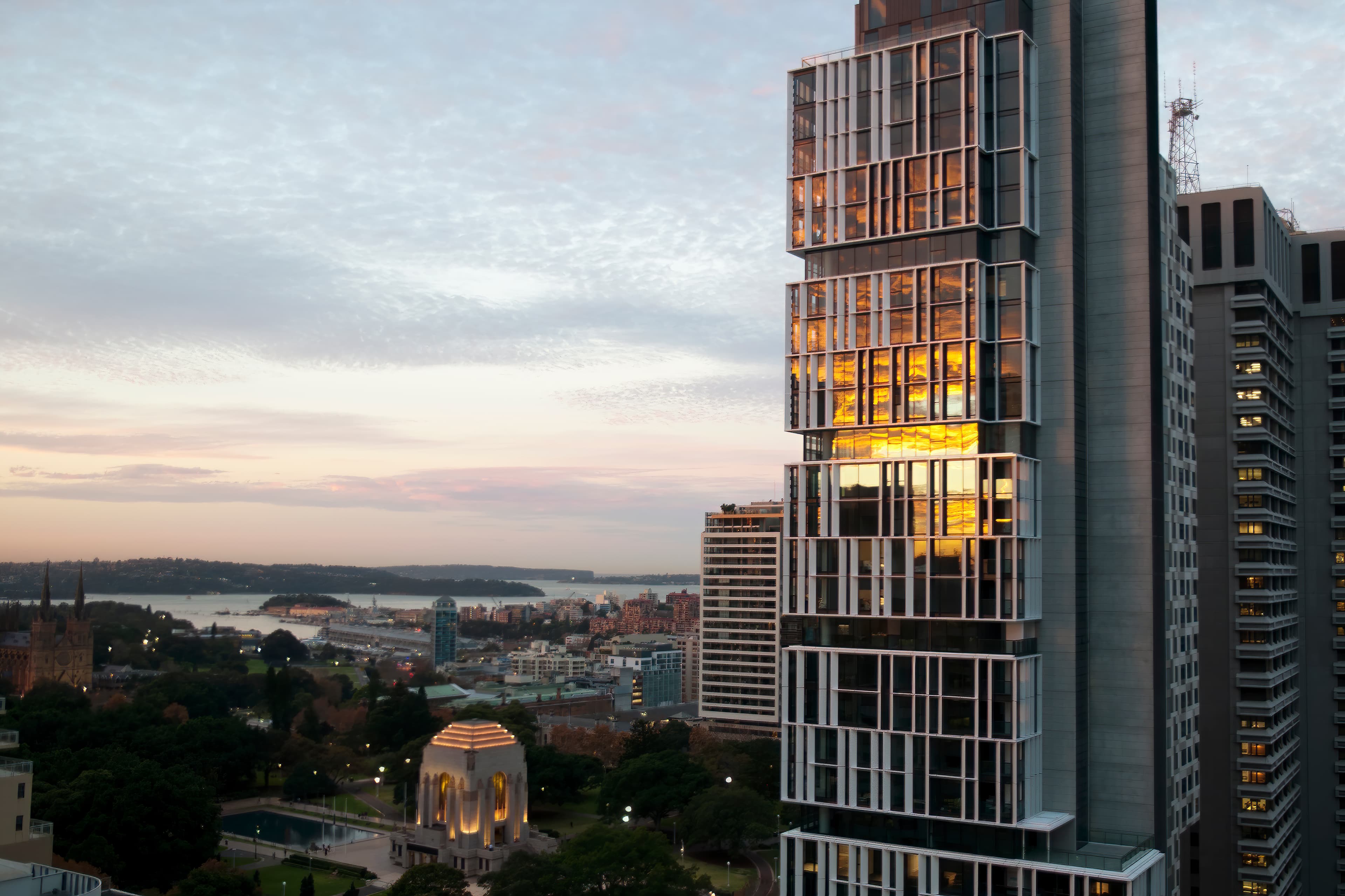What is the Market Cap Approach to Property Valuation
There are three different methods of valuation and we have found that the Market Cap Approach is the most common approach in commercial real estate, where the asset is reviewed in terms of cash flow, not the building.

In this article, we will be looking into more details on the Cap Approach, because within the Cap Approach there are multiple different cap approaches that are used that can vary from Market to Market.
How does Market Cap Approach appear in Forbury?
Market Cap Approach is one of the core outputs of Forbury software for acquisitions and there are two major components.
The first component is building out the core capital value, which can be found from two key inputs; the net market income of the property and the cap rate.
At face value, the calculations are quite simple:
Calculate the Net Market Income
Find the Cap Rate
Divide Step 1 by Step 2 to get the Property Value
Net Market Income / Cap Rate = Property Value
For example, a building has a net income of $17.9 million, and if you divide that by 5%, you get $358 million, which is classed as the core capital value. It is often referred to as being the above-the-line component of the Cap Approach.
How do you determine the Cap Rate?
The Cap Rate is basically deduced by looking at comparable sales. If you are valuing a building, you would want to look at comparable buildings to see what the equivalent yield has been for that property to sell. When a property sells, what valuers will do is a reverse of evaluation, where they plug in what the property sold for and the income from the property, which will give them the resulting yield or an equivalent yield. The resulting equivalent yield becomes a proxy for the Cap Rate.
The equivalent yield is the output, and the Cap Rate is the input. Valuers will look at equivalent yields of comparable buildings (the building has a similar location, number of floors, similar views, etc.). So, you can assume that because this property sold for 5% and market conditions have remained the same, we will put 5% on this one too.
If a building is slightly different, i.e., not as good of a location, inferior improvements, or it needs a lot of work, a valuer may apply a softer (or higher) Cap Rate.
A valuer will have an extensive list of buildings that have sold, and they will make some calls on whether things have been inferior or superior, and then come up with a Cap Rate based on the information available.
Can you find Cap Rates by Location?
The short answer is no, for example, you can have two buildings, right next door to each other but one could be 10 years old and the other could be 100 years old. One could be a single level; another could be a 50-level building. Which means that the two aren’t comparable. Within a single location or suburb, there could be many different types of buildings.
What do the differences in Cap Rates mean?
A lower Cap Rate is a firmer Cap Rate, while a higher Cap Rate is a softer Cap Rate. Based on the same level of income, a softer Cap Rate will give you a lower value than a firmer Cap Rate.
Another terminology used is compression, which is more regarding the direction it is going in. Compressing tends to mean it is getting firmer. The opposite of this is called softening or expansion.
The Cap Rate can change over time, even if it is the same building with a 5% Cap Rate now, in 3 years’ time, the Cap Rate may increase to 6% due to the market conditions or the cost of capital i.e., interest rates at that time.
For example, if you have office blocks in the CBD, because of COVID, Market Cap Rates are starting to soften because there's an oversupply, with people working from home. So that's a COVID impact. And offsetting that will be interest rates. If you can only get a 0.5% deposit in the bank now, a 5% yield is a good return.
Forbury offers a Valuation Forecast Sheet to enable you to forecast Cap Rates year on year.
Want to be notified of our new and relevant CRE content, articles and events?
Authors

Katie Bacon
Offer Lead
Forbury, Altus Group
Authors

Katie Bacon
Offer Lead
Forbury, Altus Group


